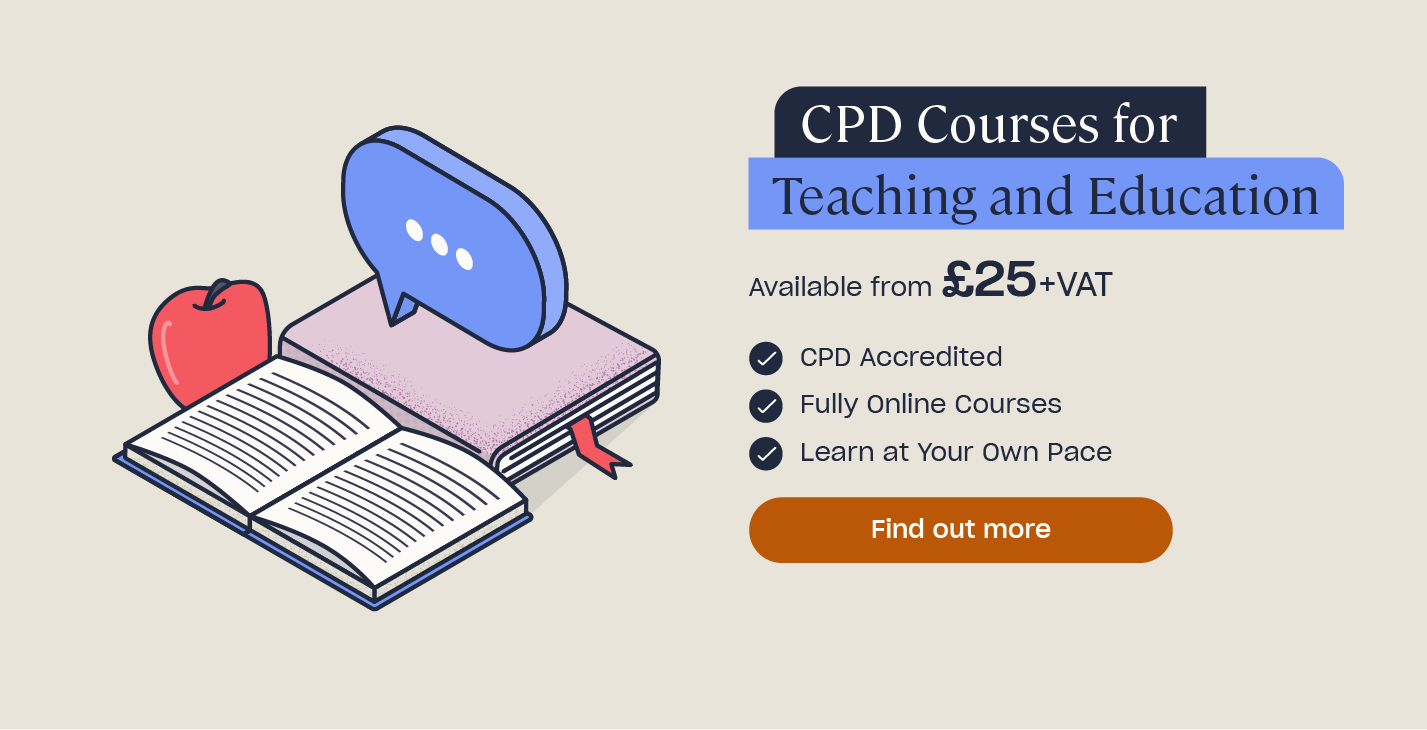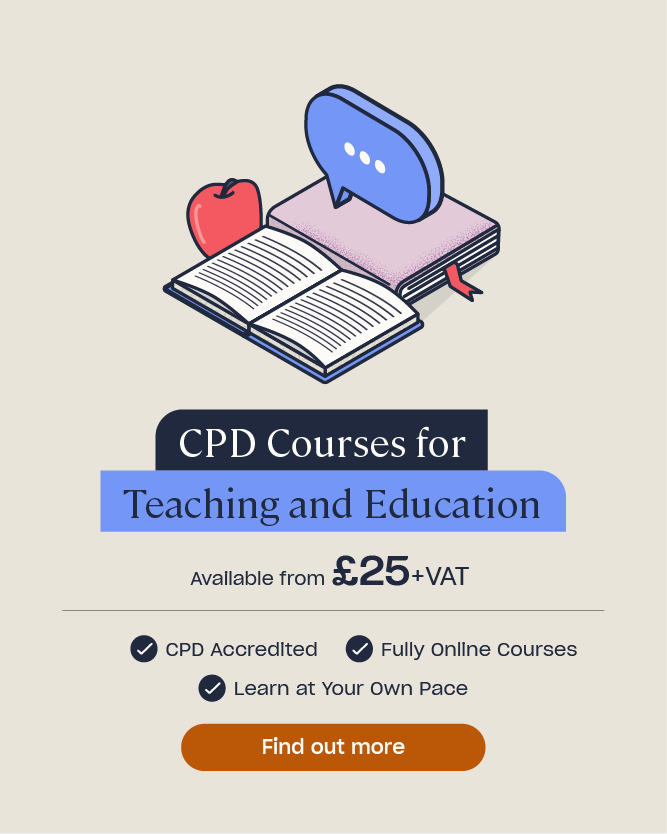What is Adaptive Teaching?
Students learn at different rates and require different types and levels of support from their teachers in order to succeed. The rate and depth of support will vary depending on individual children’s needs. It is, therefore, vital that teachers understand the varying levels of need within their classroom, as well as any barriers to learning students may face. Knowing this can help teachers to utilise adaptive teaching practice to provide their pupils with the targeted support needed to boost student outcomes.
In this article, we will outline what is meant by the term adaptive teaching, detail its importance, and provide you with a range of adaptive teaching strategies that you can use to help your learners excel and achieve.

What is Adaptive Teaching?
Adaptive teaching, as referred to within the Early Career Framework, relates to the adaptations made to teaching to ensure it provides all learners with the opportunity to meet expectations. It encompasses the importance of effective planning prior to the lesson, as well as the adjustments made to teaching and learning throughout the lesson. The term is inclusive and recognises the distinct and separate needs of every pupil in the classroom.
Adaptive teaching moves away from the idea of labelling individuals and groups according to their ability and is instead centred around the idea that teachers have high expectations for every pupil in their care. Within the practice of effective adaptive teaching, all learners experience the same high expectations set out by the teacher, with differing layers of support, to help them make good progress and achieve well over time.

What is the Difference Between Adaptive Teaching and Differentiation?
Adaptive teaching is less likely to be valuable if it causes the teacher to artificially create distinct tasks for different groups of pupils or to set lower expectations for particular pupils.
Early Career Framework, 2019
The term ‘differentiation’ is slowly being replaced with ‘adaptive teaching’ by many professionals working within education.
What we now perceive to be effective differentiation has changed dramatically from what was once considered to be good practice. Some, for example, still associate differentiation with three coloured worksheets or tasks for three distinct ability groupings. (Some even labelled these with lower, middle or higher attainers.) This practice poses numerous problems. Firstly, a child who always receives the pink sheet labelled L will begin to see themselves as merely a lower ability learner who cannot make progress beyond their allocated grouping. The level of challenge they experience remains stagnant and they become trapped and stifled by their teachers’ fixed expectations.
In the creation of these time-consuming coloured worksheets, teachers may wrongly believe that all learners’ needs are being met. However, teachers must make further adaptations for individual learners who may struggle to access their learning, such as some learners with special educational needs and/or disabilities (SEND).
Differentiation in this form can have a negative impact on both attainment and progress, and therefore many professionals are leaning towards the term ‘adaptive teaching’ to help capture all the important aspects of differentiation, without its negative connotations.
The more helpful term of adaptive teaching is much clearer in its aim: it is teaching and learning practices that help all learners to achieve by better suiting their needs. It also encapsulates the importance of investigating the reason behind the struggle, as opposed to merely addressing the struggle itself.

Why is Adaptive Teaching Important?
Adaptive teaching is vital in ensuring that all learners achieve the best possible outcomes. Adaptive teaching:
- Helps to cultivate a more inclusive classroom space, where each child’s needs have been addressed.
- Helps teachers to understand pupils’ prior understanding of the subject matter, allowing them to plan more effectively.
- Helps teachers to identify and plan for any barriers to learning which may exist. For example, a specific SEND – such as social, emotional, and metal health needs, or communication needs, etc.
- Enables teachers to provide equitable learning opportunities for all children. Being adaptive in both the moment and as a result of considered, planned adaptive teaching strategies will help to yield better academic outcomes for pupils.
- Gives every child the chance to succeed so that no child is left behind. This can help to decrease gaps in progress and attainment between learners.
- Helps to nurture a greater respect and admiration for education, ensuring pupils are motivated and engaged in their learning. You can find out more about the importance of motivation in education here.
- Supports both teachers and pupils alike. With considered and informed planning, teachers will feel more confident in their delivery as their planning will have anticipated any barriers learners may face. This helps teachers to have greater control over the outcome of lessons and it gives them the freedom and space to explore and strengthen their in-the-moment adaptive teaching strategies. This can help to increase teachers’ long-term professional satisfaction.
Professional Development for Teachers
Browse our online training courses for education staff, covering both compliance and professional development. Titles include SEND in the Classroom and Challenging Behaviour.

Adaptive Teaching Strategies
The success of any adaptive teaching strategy relies on the creation of a positive learning environment. This will help to provide a warm and inclusive atmosphere, where all students are respected, valued and understand their role in cultivating positive behaviour for learning. You can find out more about how to create a positive learning environment here.
The first element of adaptive teaching lies in effective curriculum planning. Where the curriculum is well planned and considers the progression of skills across the age ranges, the need for in-the-moment adaptive teaching strategies will decrease – as teachers will have already considered the many barriers and challenges learners may face, and planned and resourced accordingly. This may be, for example, through the use of targeted teacher or TA support, pre-teaching vocabulary, releasing lesson content online early, or providing audio summaries or lesson introductions before the lesson.
Note that when considering the needs of all learners, teachers should not remove challenge entirely. Challenge is an essential aspect of learning. It needs to be present and pitched correctly.
Effective communication with pupils and parents or carers can help teachers to ensure the supportive strategies they use are personalised and, therefore, most effective for the individual. You can find out more about communication in the classroom here.
Assessment is also an essential aspect of adaptive teaching as it helps to steer teaching and learning to improve outcomes. Formative and summative assessment can be used to inform in-the-moment adaptations and future planning. For example, adaptive teaching may be required if a teacher identifies a gap in their students’ knowledge through a formative assessment strategy, such as the teacher using skilful questioning and students recording their responses on mini-whiteboards. By gaining a snapshot of learners’ current understanding, the teacher can then use a range of in-the-moment adaptations to address any gaps in knowledge or areas of misunderstanding.
In-the-moment adaptive teaching includes:
- Rephrasing questions or content.
- Adapting language to ensure all learners understand the content.
- Providing exemplars or WAGOLLs – ‘what a good one looks like.’
- Highlighting and emboldening key learning points.
- Prompting learners with key words, visuals, sound bites or other sensory stimuli.
- Setting up temporary groups as an additional layer of scaffolding.
- Gauging group responses to support individual answers.
- Giving step-by-step instructions for tasks.
Effective adaptive teaching also involves careful evaluation. The strategies used must support progression if they are to be deemed effective. Teachers and teaching assistants should have a secure understanding of the elements of high-quality teaching and use them to best suit the needs of their learners. Finally, adaptive teaching strategies should be selected purposefully and used flexibly to ensure the best possible outcomes for all pupils.

Adaptive teaching refers to the adaptations made to teaching to ensure it provides all learners with the opportunity to meet expectations. It may look different across schools, within subject areas and between classrooms. Speaking to pupils, making use of assessment outcomes and working closely with colleagues can help you to ensure that the adaptive teaching strategies you use have a positive impact. Similarly, strong professional development can help school staff to work together to shape, build and strengthen their understanding of what good adaptive teaching means to them, their subject area and their school.
Further Resources:
- CPD Courses for Teaching and Education
- What is Effective Teaching?
- Guidance on SEND in Early Years
- What is Effective Questioning & Why Should I Use it in My Classroom?
- What is Inclusive Practice?
- Marking Symbols: A Guide for Primary School Teachers
- Metacognition in the Classroom: Benefits & Strategies
- Supporting Pupils with SEN in the Classroom: Guidance for Teachers
- How to Use Assessment for Learning in Schools
- Ideas for Genius Hour in the Classroom











